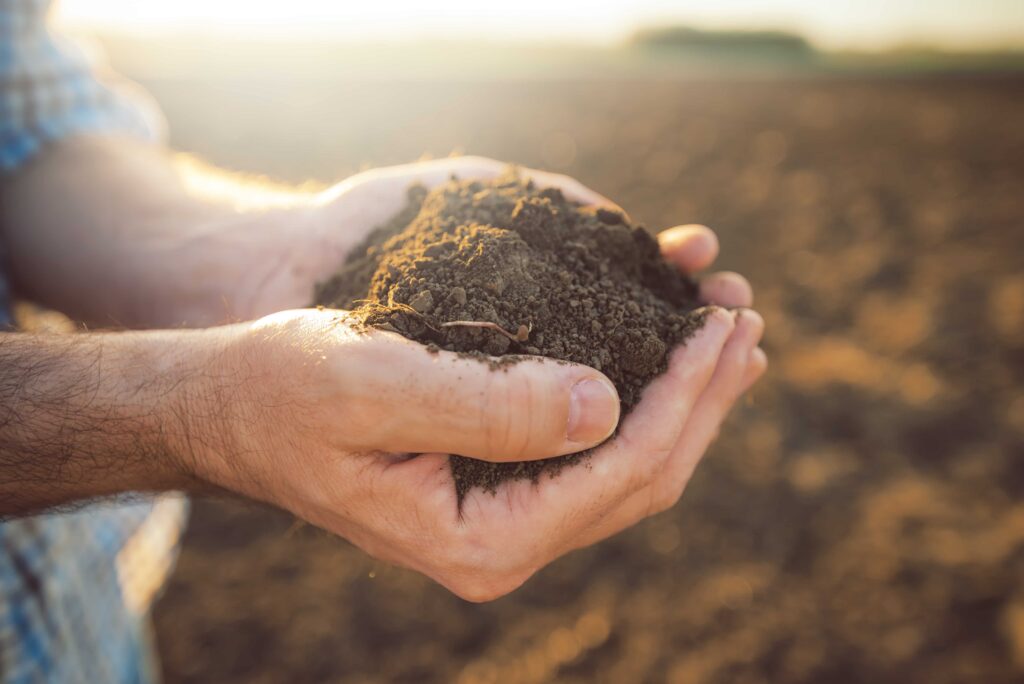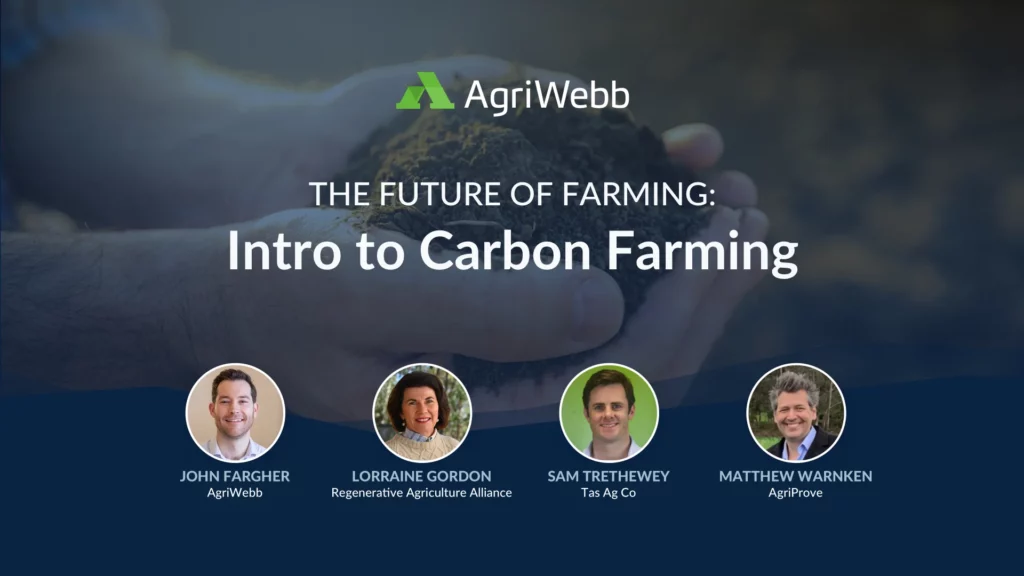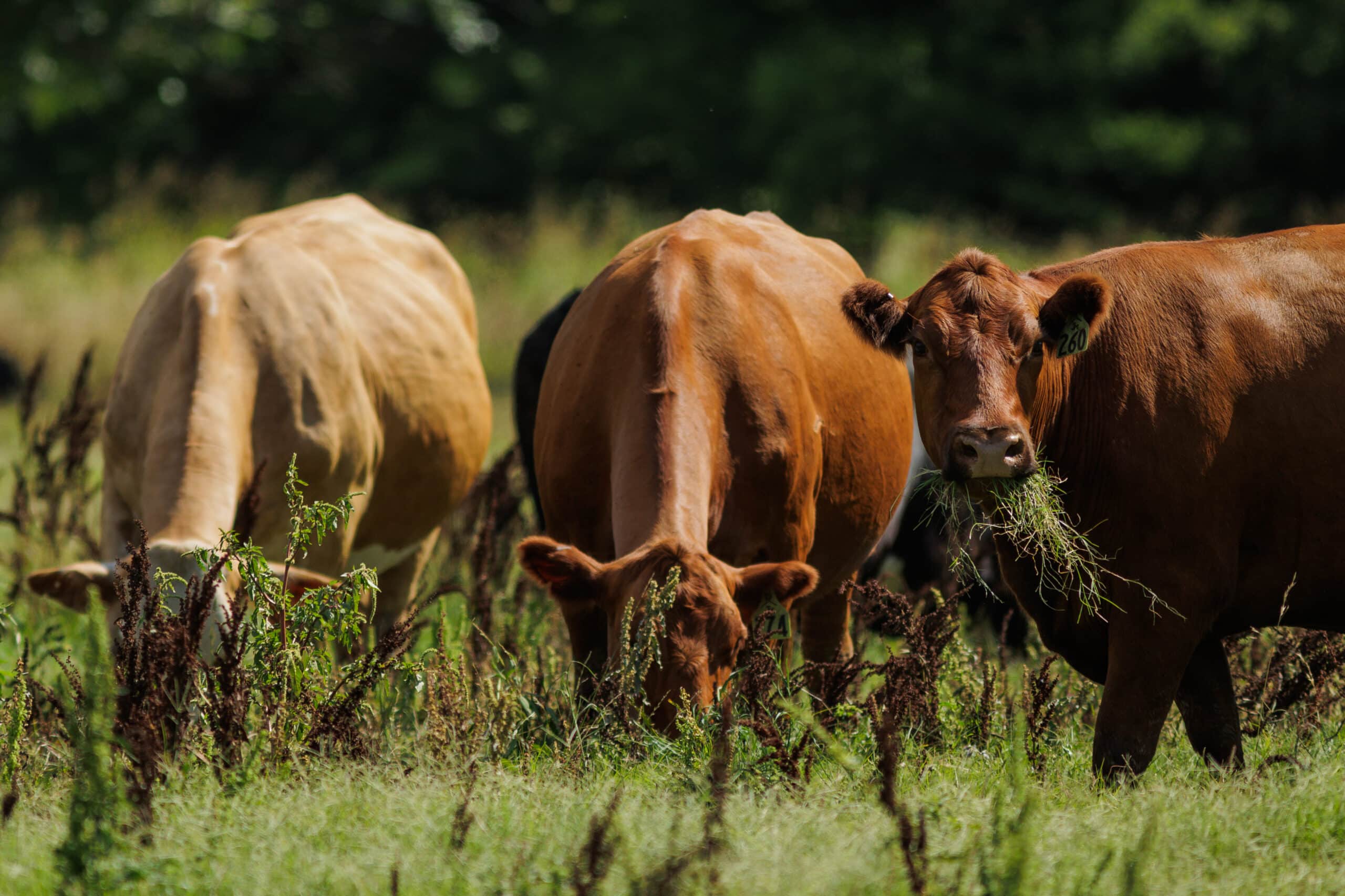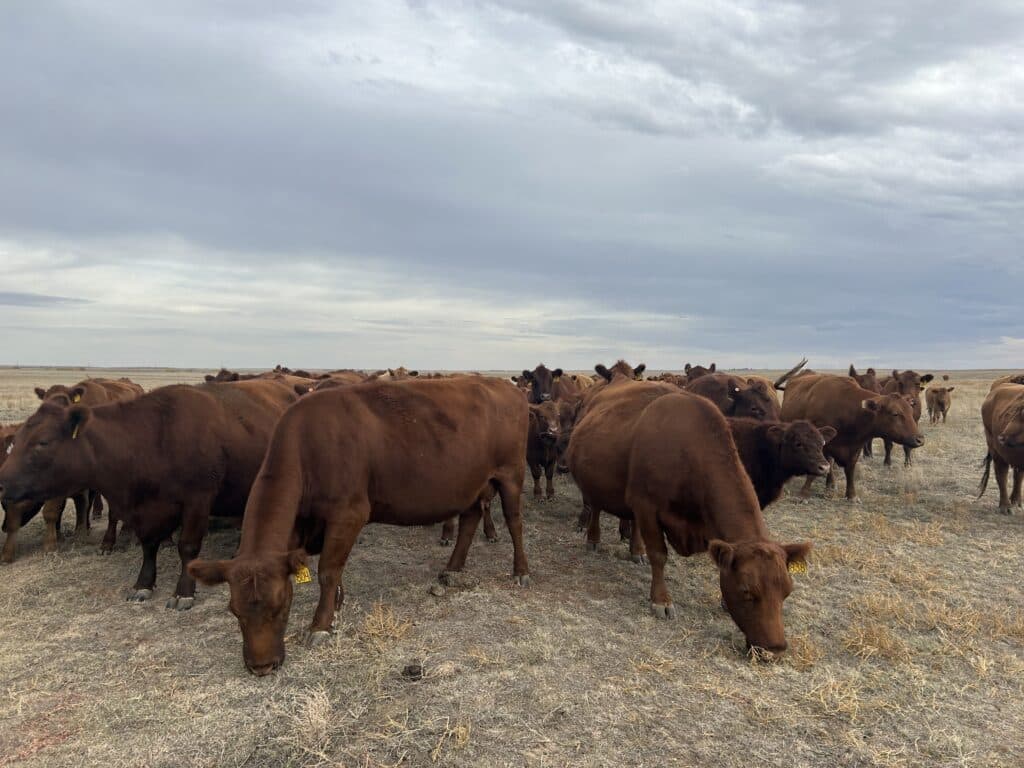Your Carbon Farming Questions Answered

The second episode in our Future of Farming series saw us delve into carbon farming; what it involves, the research supporting carbon abatement, and how producers can capture and trade carbon for profit.
Our guest speakers were Lorraine Gordon, founder of the Regenerative Agriculture Alliance, Sam Trethewey, co-founder of Tas Ag Co and Matthew Warnken, founder of AgriProve. The webinar covered a lot of ground and generated a lot of interest amongst viewers.
Here we’ve addressed common questions that came out of the webinar and provided a few resources to help you explore the subject further. Feel free to share this article with others who are interested in the topic, and comment below with any questions we may have missed!

What are the benefits of carbon farming?
Soils with more carbon are healthier soils. Carbon farming allows you to earn income from farming practices that can actually increase your productivity. Benefits Matthew highlights include improved plant nutrient uptake, better rainfall and moisture retention, and the ability to earn additional revenue of $50-$100/ha/yr.
How it applies to your property will depend on your outlook and goals. Lorraine says, “In the future, I’d like to consider myself a carbon farmer that happens to use cattle to achieve my goals in carbon farming.”
Sam, who is passionate about soil health, says, “For me, this is not about getting paid for carbon. This is about farming in a way that’s creating an enormous amount of amazing impact on farm.”
What are the steps involved in carbon farming?
Lorraine outlined the below steps for running a soil carbon project, which will allow you to sell carbon credits.
- Undergo a carbon ready assessment and appraisal
- Develop a carbon management plan, to increase soil carbon
- Register your farm program with the federal government
- Consider bidding for a contract to sell Australian carbon credit units (ACCUs) to the Clean Energy Regulator
- Complete your baseline documentation, establish the history of farm practices
- Do your baseline soil testing
- Review your management plan annually to see that you’re on track
- Undergo three independent audits during the life of the project
- Receive payment within three to five years from the sale of the ACCUs, to either the government or corporates.
Is there a minimum property size required for a soil carbon project?
Lorraine believes a property should be around 400 hectares if you are looking at paying upfront for many of the services needed to run a soil carbon project. Sam, who used the carbon service provider AgriProve for his carbon project, says that with anything over 40 hectares in South-Eastern Australia, you should be able to see some benefits.
Matthew points out that, when it comes to selling carbon credits and getting a carbon abatement contract, there is a minimum size, though it’s not area-based. “A minimum of 2000 credits per hectare per annum, is what the project has to have capacity to deliver.”
What are the costs involved in registering and running a soil carbon project?
This will depend on your approach. Audits can cost upwards of $30,000. Lorraine says if you’re covering the cost yourself, you’ll be spending a couple of hundred thousand dollars over the course of a project, for a property of around 400 hectares. Carbon service providers like AgriProve can cover much of

“For me, this is not about getting paid for carbon. This is about farming in a way that’s creating an enormous amount of amazing impact on farm.”
What’s the process of certification, for selling produce as carbon neutral or carbon positive?
Climate Active is a partnership between the Australian Government and Australian businesses to encourage voluntary climate action. Climate Active certification is awarded to businesses that have credibly reached net zero emissions. You can learn more about the certification process here.
A lot of carbon farming information relates to southern producers. How does it apply to northern pastoralists?
The principles that underpin carbon farming are universal, Lorraine says. “The only difference is, certain climatic areas or soil types or landscapes are going to be able to sequester carbon more quickly than others, but all of these land landscapes can actually build carbon.”
What plants do you need for multi-species pasture cropping?
Sam says you should aim for a range of species that include legumes, cereals, brassicas, grasses and chenopods. In all, he’s planted over 30 different varieties on his property. “We’re reintroducing mother nature’s preferred kind of growing environment – you’ll never see mother nature growing a monoculture. She always grows lots of different varieties and she likes complexity.”
If people get paid to sequester carbon and companies pay to offset carbon, does it actually do anything for the planet?
Carbon farming is just part of the solution. “This is one of many moving parts in a very big complex engine,” Sam says. “We’re going to see more and more businesses have to move away from businesses as usual. They have to offset emissions through buying our carbon credits, but they also have to significantly change other things around their business, if they want to be taken seriously by investors and consumers.”
Want to get in touch with the speakers?
Lorraine Gordon
Regenerative Agriculture Alliance
Linkedin
Twitter: @RegenerativeAg1
Sam Trethewey
Linkedin
Facebook
Twitter: @Sam_Trethewey
Matthew Warnken
Agriprove
Linkedin
Twitter: @MatthewWarnken
Additional Resources
The NSW Department of Primary Industries has a series of seminars that explain the science of soil carbon and farming practices that can increase it.
LOOC-C, a tool developed by the CSIRO, allows you to quickly assess options on the land for certain projects offered under Australia’s federal carbon emissions programme, the Emissions Reduction Fund (ERF).


